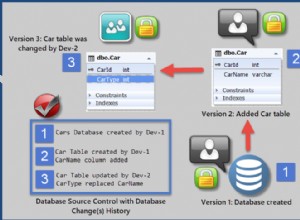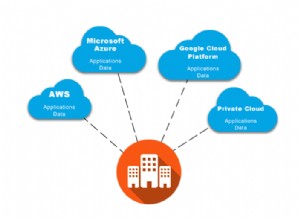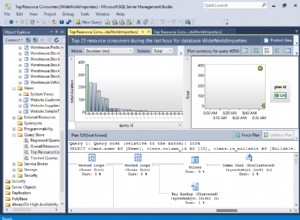Sie müssen die alte Position kennen, bevor Sie Elemente verschieben können. Und Ihre Logik muss unterschiedlich sein, je nachdem, ob das Element nach oben oder unten verschoben wurde. Grobe Gliederung des Prozesses (nicht getestet) ist wie folgt:
DECLARE @Id INT = 1100000004; -- this id
DECLARE @NewPosition INT = 1; -- needs to have this position
WITH RowToMove AS (
-- using cte instead of variables
SELECT Plan_Id, sequence_no AS OldPosition
FROM planRecords
WHERE Id = @Id
), RowsToUpdate AS (
-- columns used inside set and where clause of the update statement
SELECT Id, sequence_no, OldPosition
FROM planRecords
CROSS JOIN RowToMove
-- select rows that belong to same category and position between old and new
WHERE planRecords.Plan_Id = RowToMove.Plan_Id AND sequence_no BETWEEN
CASE WHEN OldPosition < @NewPosition THEN OldPosition ELSE @NewPosition END AND
CASE WHEN OldPosition > @NewPosition THEN OldPosition ELSE @NewPosition END
)
UPDATE RowsToUpdate SET sequence_no = CASE
WHEN Id = @Id THEN @NewPosition -- this is the row we are moving
WHEN OldPosition < @NewPosition THEN sequence_no - 1 -- row was moved down, move other rows up
WHEN OldPosition > @NewPosition THEN sequence_no + 1 -- row was moved up, move other rows down
END;
Demo auf DBFiddle unter Verwendung von Variablen , unter Verwendung von CTE




